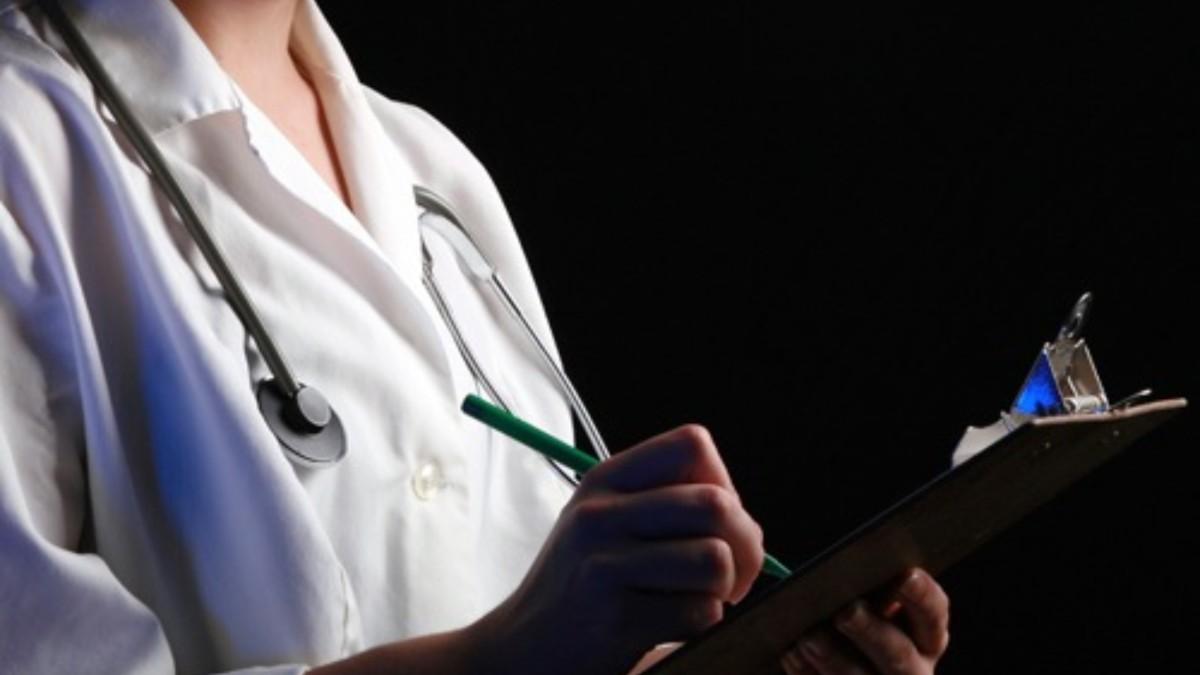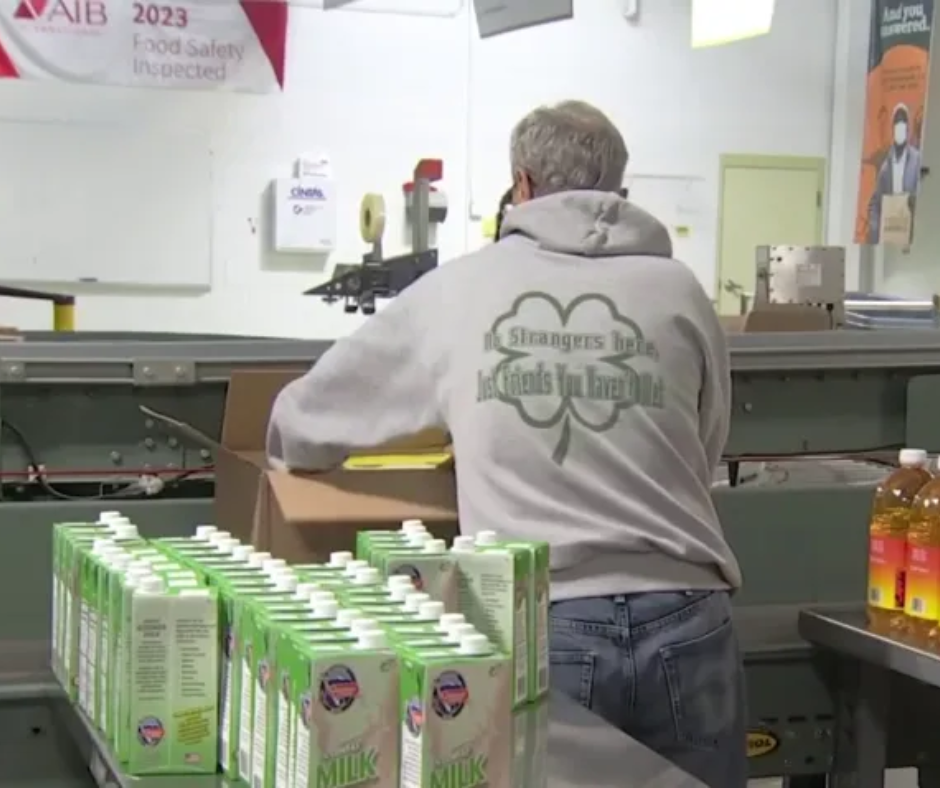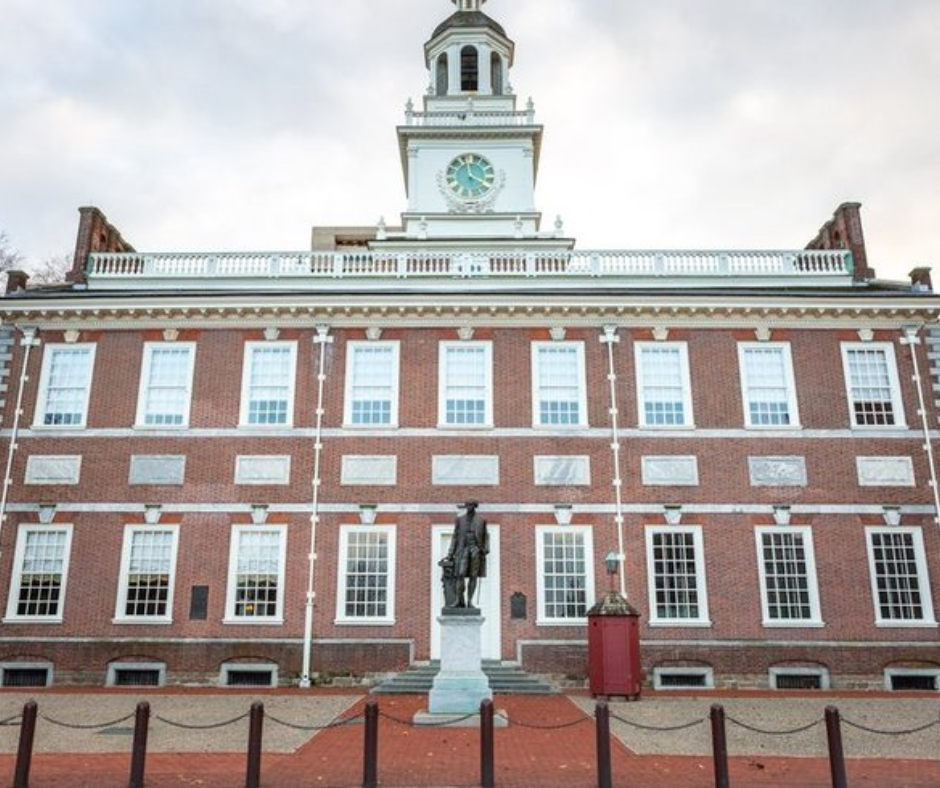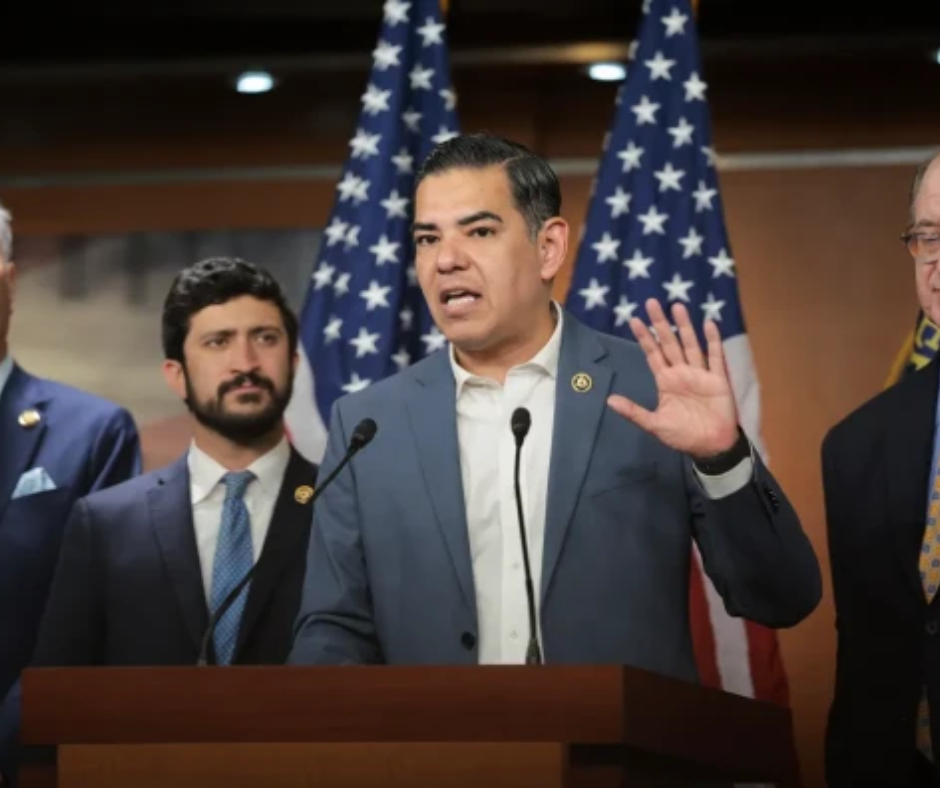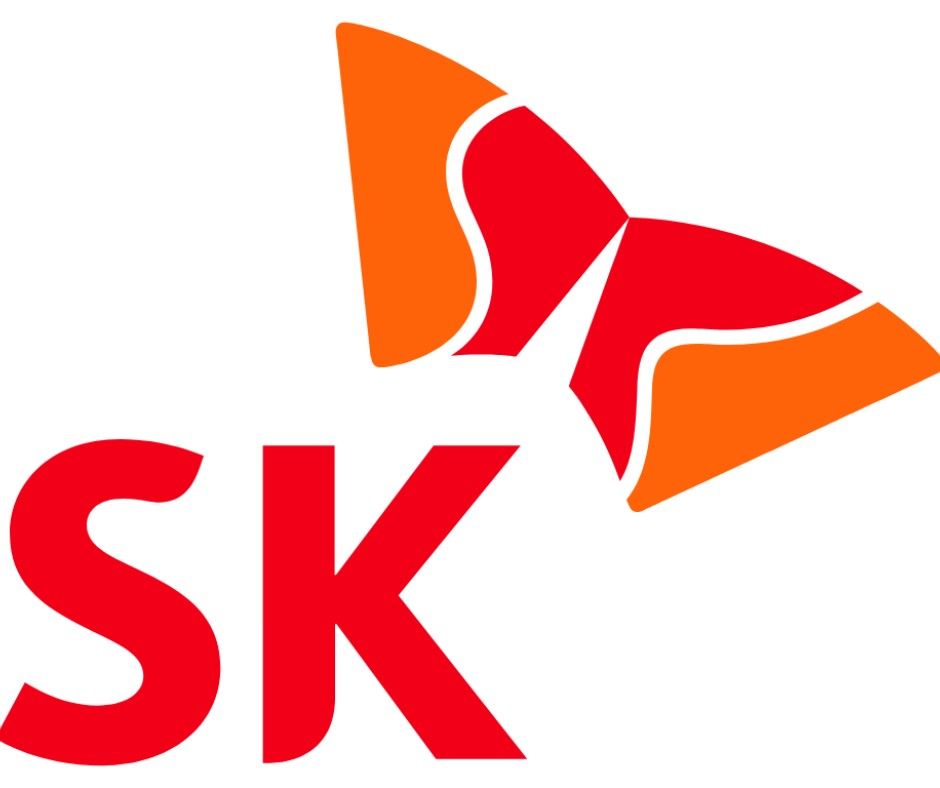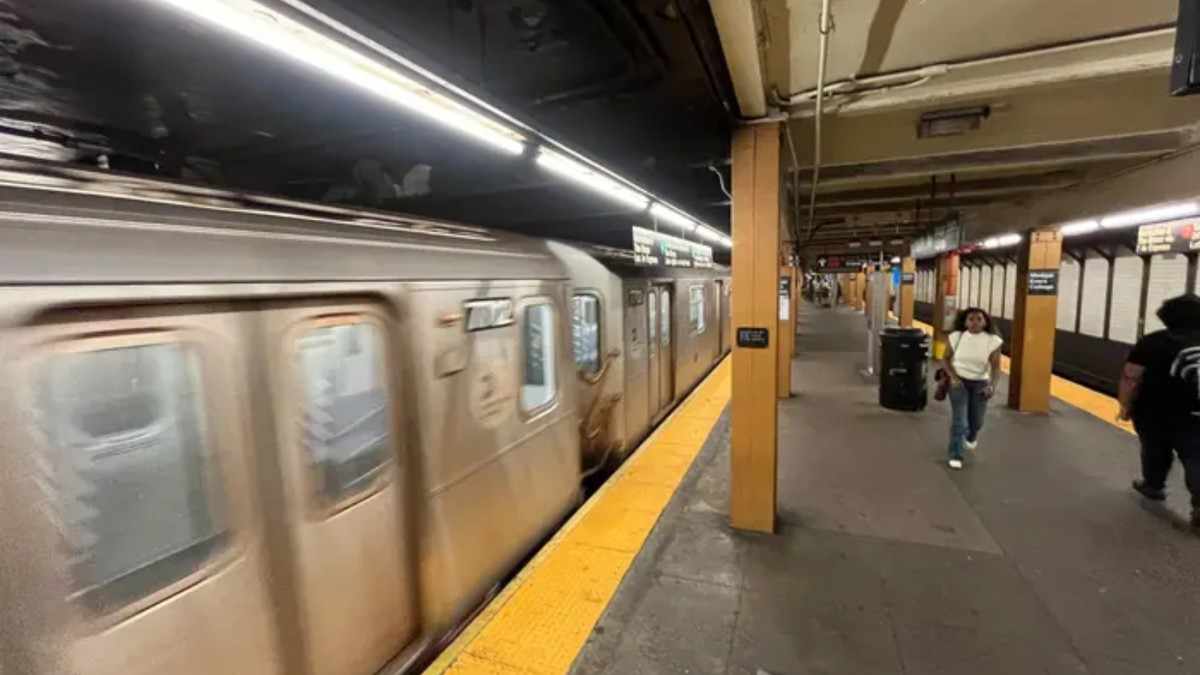
In a long-awaited move, the MTA has unveiled a high-stakes plan to ease Brooklyn’s most stubborn subway knot — the Nostrand Interlocking — a 150-foot tangle delaying 2, 3, 4, and 5 trains for decades. With nearly 300,000 daily commuters caught in its grip, this century-old track twist is finally set for a modern rescue under the MTA’s new $65 billion capital plan. The agency’s blueprint may not only untangle delays but also reshape the subway map — offering hope, speed, and a long-overdue sigh of relief for New York’s weary straphangers.
📌 STORY HIGHLIGHTS
-
Critical choke point: Nostrand Interlocking slows 2, 3, 4, and 5 trains, affecting 300,000 daily riders.
-
Location: Tangle occurs beneath Franklin Avenue in Central Brooklyn.
-
MTA’s solution: Swap 3 and 5 train routes east of Franklin Avenue to eliminate crossover delays.
-
Cost-effective alternative: Avoids $410M proposal for a new 8 train line.
-
Still under study: Platform assignments at Franklin Avenue may change.
-
Part of $65B capital plan: Work to be done in coming years; timeline TBD.
It’s just 150 feet of track — a fraction of the MTA’s sprawling subway network — but for hundreds of thousands of commuters navigating Central Brooklyn each day, that short stretch feels like the root of endless delays and disruptions. The area in question is known as the Nostrand Interlocking, a decades-old tangle of subway tracks that has long hampered the smooth flow of trains on four of New York City’s busiest lines: the 2, 3, 4, and 5.
Now, after years of rider frustration and mounting political pressure, the MTA is preparing to take meaningful action. As part of its newly approved $65 billion five-year capital plan, the agency has outlined a project that could not only reduce delays and improve service for nearly 300,000 daily riders — but also redraw the layout of the city’s subway map itself.
The root of the problem lies deep beneath Franklin Avenue, where the subway lines converge and twist through a complicated crossover arrangement. Trains on the 2 and 5 lines veer along a curving path to connect to tracks under Nostrand Avenue. Meanwhile, the 3 and 4 lines continue their journey beneath Eastern Parkway. These movements require trains to pause and wait, sometimes for minutes at a time, just to allow others to pass through.
In essence, it’s a subway choke point — and it’s been that way for close to a century.
“There are significant delays and it’s impossible to plan your day,” said Stephanie Browne, 36, a Crown Heights resident and daily commuter. “It can just really throw a wrench in your plans.”
MTA officials admit that this long-standing track conflict has posed operational headaches for years. But now, the agency is finally addressing the issue with a bold reconfiguration plan: swapping the roles of the 3 and 5 trains east of Franklin Avenue. In the new plan, instead of curving onto Nostrand Avenue, 5 trains would continue along Eastern Parkway — a path traditionally used by the 3 and 4. Meanwhile, the 3 train would take over the route down Nostrand Avenue.
The aim is to reduce the number of train conflicts that currently occur at the interlocking by shifting the overlap point. If successful, this could allow trains to move more fluidly and reduce the frequent stop-and-wait rhythm that currently clogs the corridor.
But this isn’t a simple fix. According to Alyssa Cobb Konon, the MTA’s deputy chief development officer for planning, the construction will require the addition of a new crossover track just east of the existing interlocking. This will allow 4 and 5 trains to utilize both local and express tracks along Eastern Parkway, improving operational flexibility.
Konon described the issue using a relatable analogy — likening the process to detangling a knot in her daughter’s hair.
“If you’re trying to get at it right where the snarl is, it’s hard to do,” she explained. “But if you work outside of the snarl, then it’s easier to detangle. This kind of project is a once-in-a-lifetime opportunity.”
Indeed, untangling this interlocking may not just improve service — it may fundamentally shift how Brooklyn riders understand and navigate their subway system. The changes may require new platform assignments at Franklin Avenue and adjustments for riders who are used to their specific train lines and connections.
And while the MTA previously floated an idea to add a brand-new subway line — the 8 train — to bypass the interlocking altogether, officials now say they can achieve the same goal without the $410 million price tag that would have come with building a new route and acquiring $224 million in new subway cars.
Political leaders, including mayoral hopeful and State Senator Zellnor Myrie, have long called attention to the “Crown Heights Cluster,” rallying for change and demanding the MTA prioritize this issue in its capital planning. Now, with the plan formally approved, those calls are finally being heeded.
Though no firm construction timeline has been announced, MTA officials confirmed that the project is moving forward and will be a central focus in the coming years.
For the thousands of commuters who’ve sat through unexplained stops and sluggish rides, that alone is reason for cautious optimism. If successful, this project could not only improve train frequency and reduce delays, but also serve as a rare example of long-overdue infrastructure reform finally coming to pass in the city’s transit history.
As the MTA gears up to detangle the twist beneath Brooklyn’s rails, riders across the borough are watching — and waiting — for the day the snarl is finally smoothed out.
Appreciating your time:
We appreciate you taking the time to read our most recent article! We appreciate your opinions and would be delighted to hear them. We value your opinions as we work hard to make improvements and deliver material that you find interesting.
Post a Comment:
In the space provided for comments below, please share your ideas, opinions, and suggestions. We can better understand your interests thanks to your input, which also guarantees that the material we offer will appeal to you. Get in Direct Contact with Us: Please use our “Contact Us” form if you would like to speak with us or if you have any special questions. We are open to questions, collaborations, and, of course, criticism. To fill out our contact form, click this link.
Stay Connected:
Don’t miss out on future updates and articles.

